Clothing Research at ESA 2024

The European Sociological Association’s main biennial event this year took the clothing researchers to Porto!
When: 27th – 30th August 2024
Where: University of Porto, Portugal

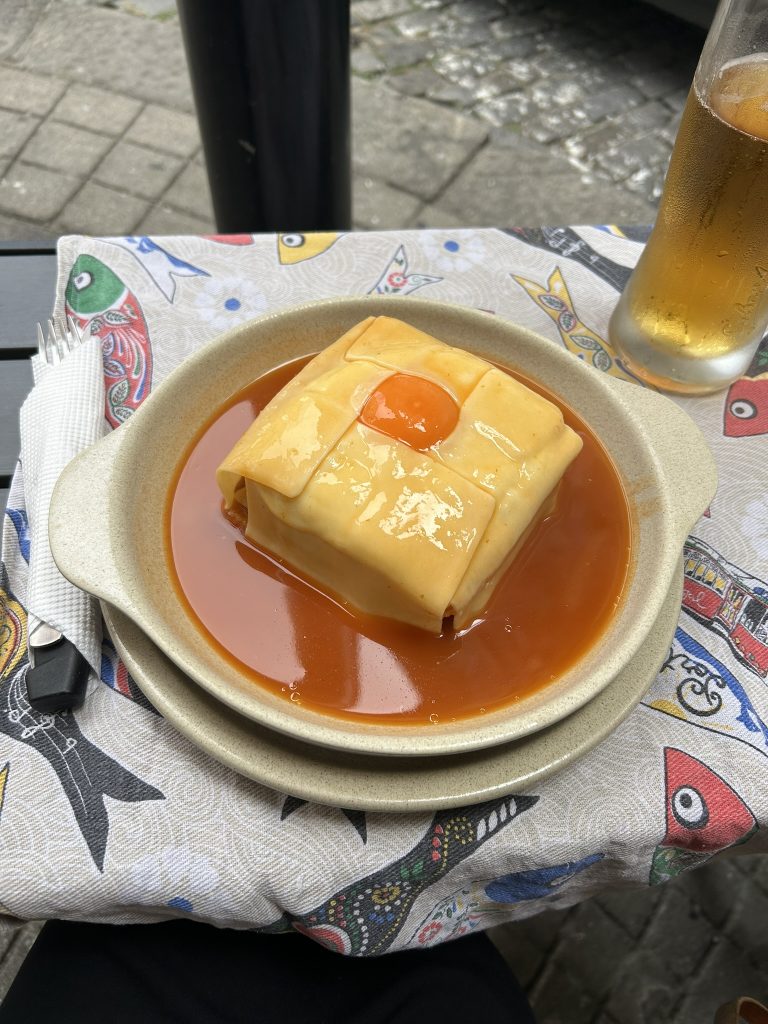
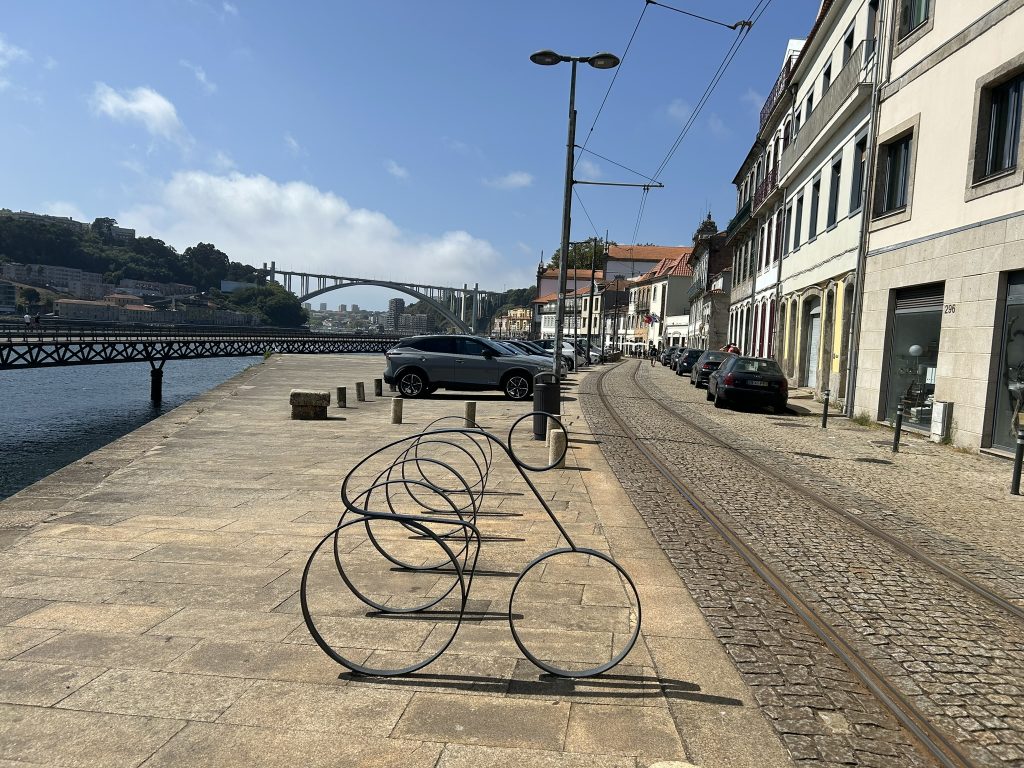
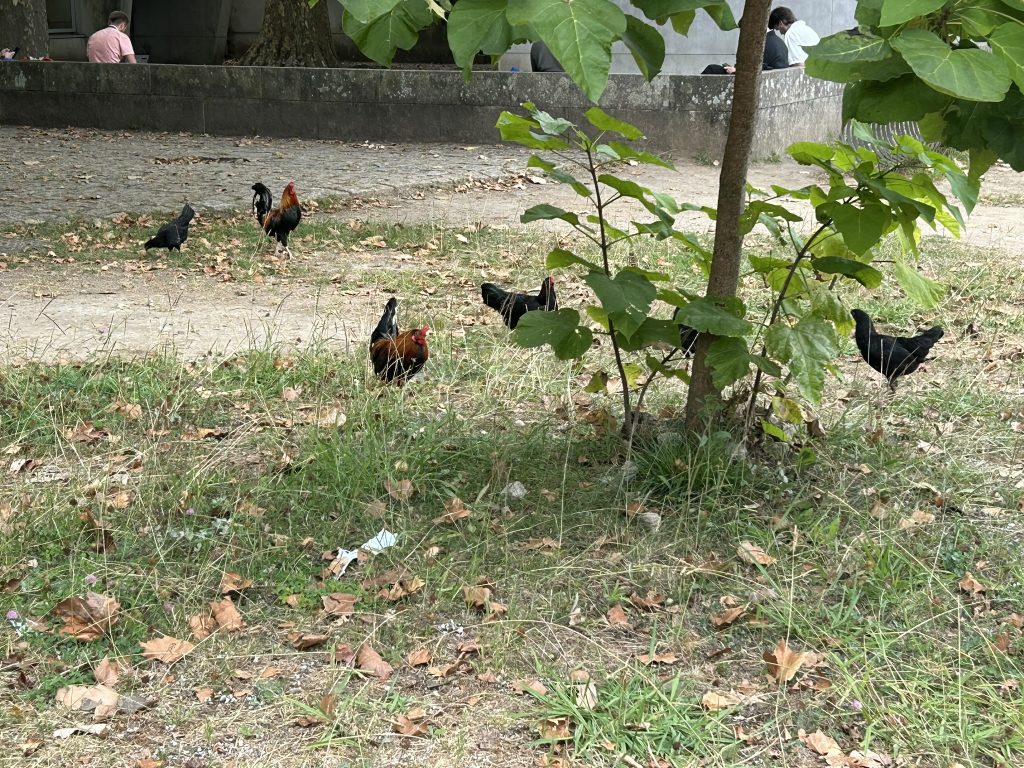

Set on the beautiful backdrop of Porto, the main themes of the 16th ESA conference were “Tension, Trust and Transformation”. About 20 researchers from Consumption Research Norway SIFO participated in the conference this time around, which for a long time has been a very important arena for the institute, in particular, through the Sociology of Consumption Research Network.
Between sessions, we also had time to visit the city, eat some Francesinha and get acquainted with the chickens living on campus.
Four presentations from the SIFO Clothing Researchers
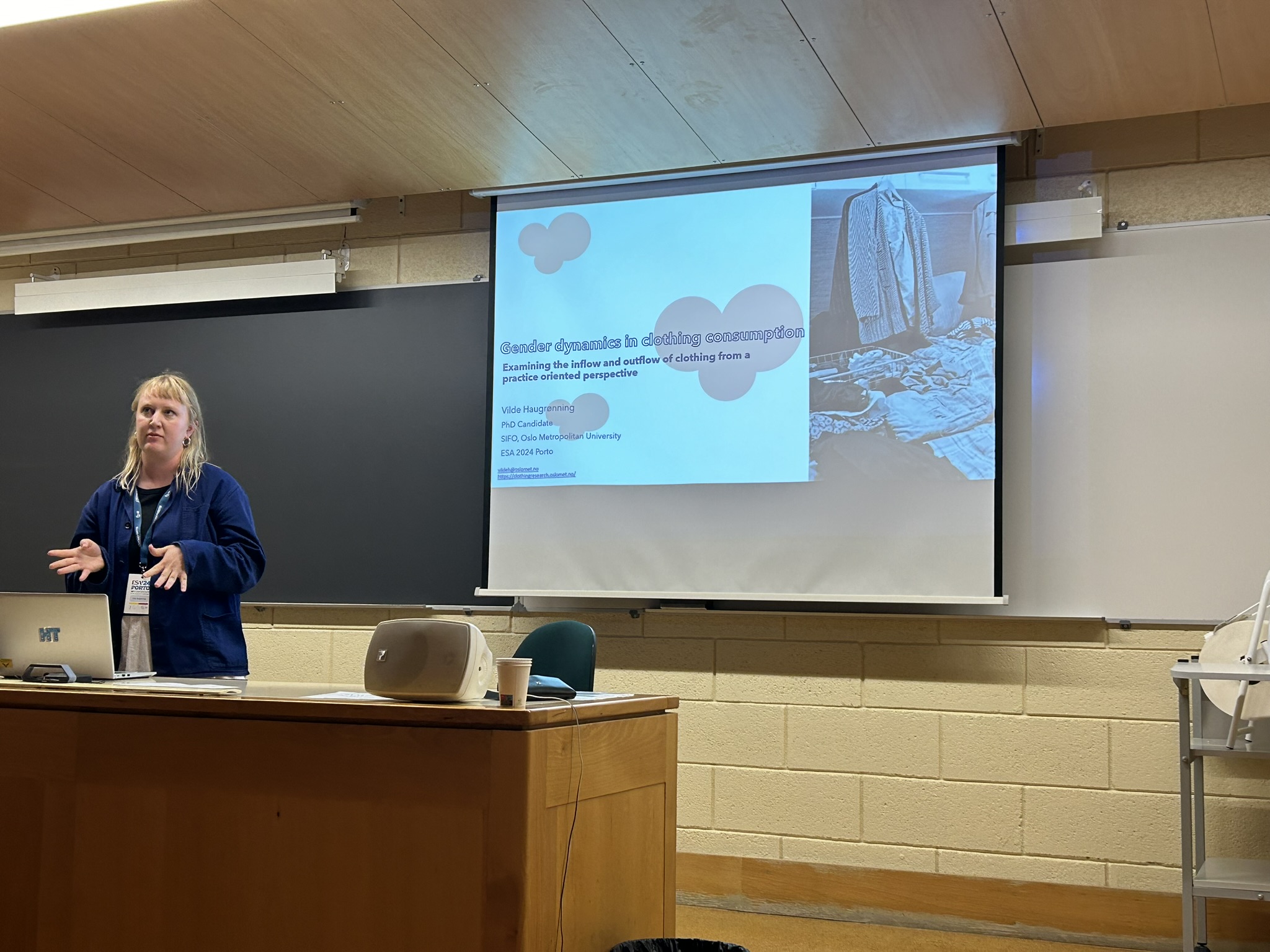

In the session ‘Clothing consumption 1: Fashion’, Vilde Haugrønning presented the paper ‘Gender Dynamics in Clothing Consumption: Examining the Inflow and Outflow of Clothing from a Practice Oriented Perspective’ based on results from the wardrobe studies of her PhD project in the CHANGE project.
In the session ‘Clothing consumption 2: Identity’, Anna Schytte Sigaard presented her paper ‘Social Practices and Identity-Work: Life Course Changes as Drivers for Textile Disposal’ based on results from the wardrobe studies of her PhD project in the Wasted Textiles project.
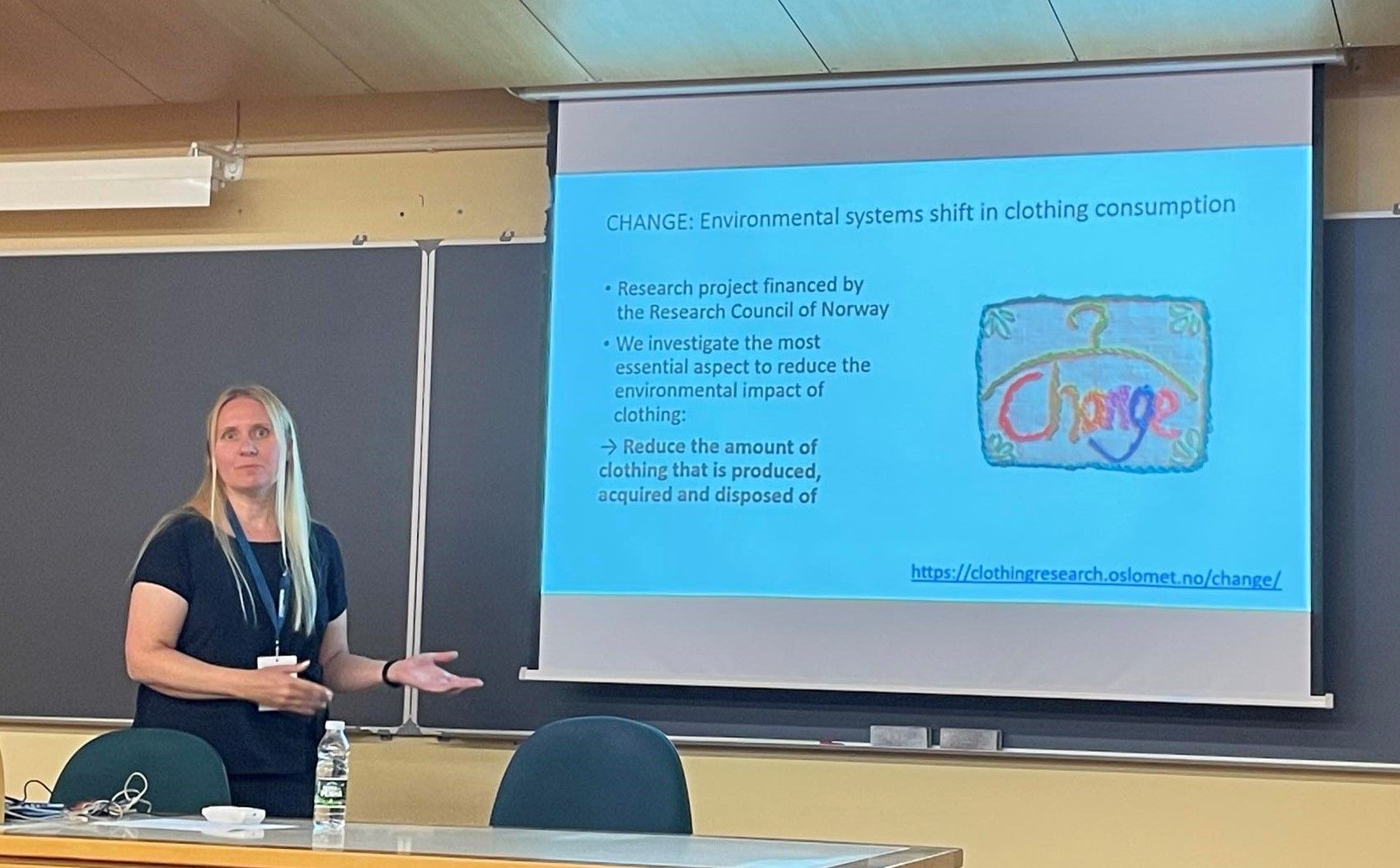
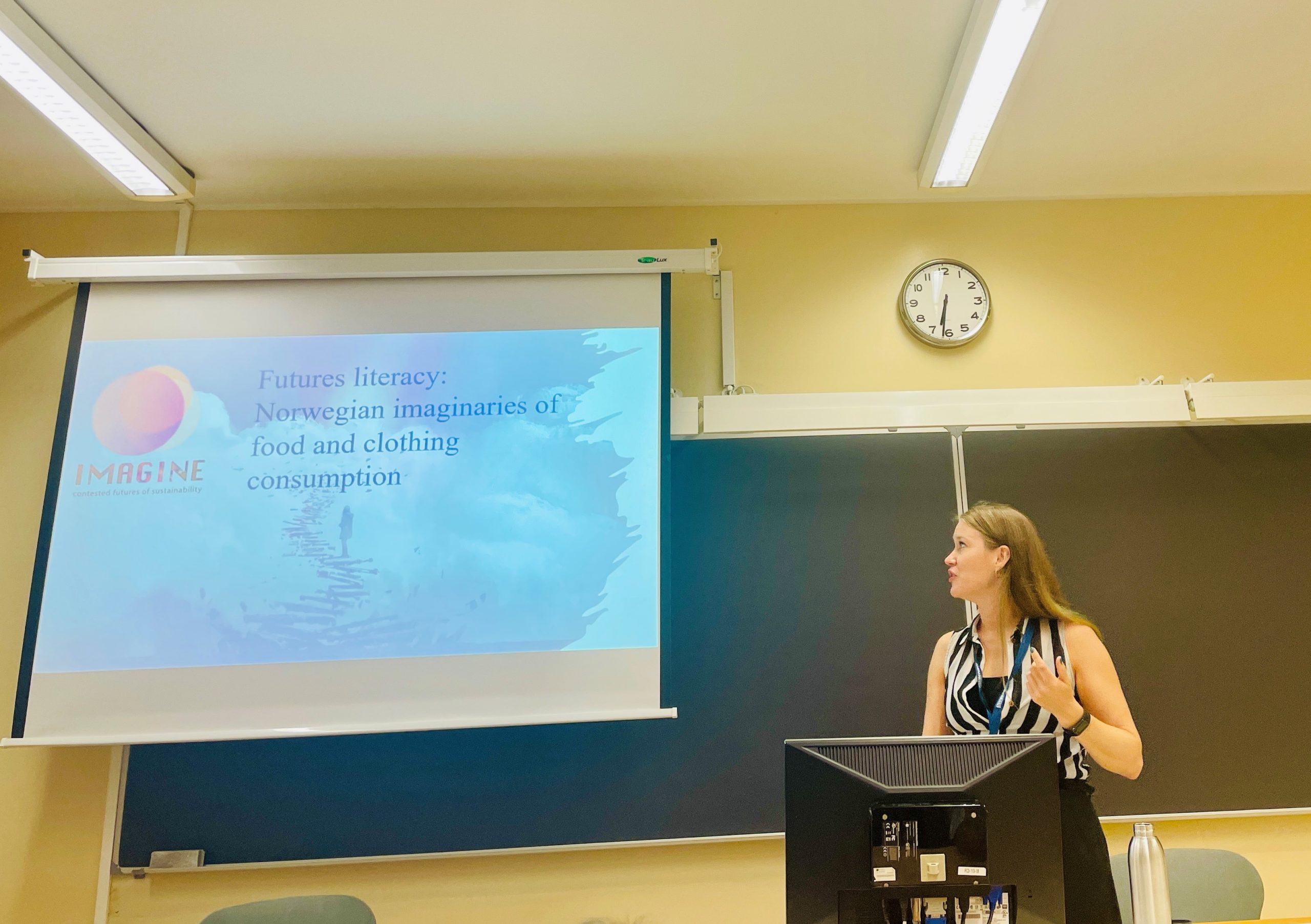
In the session, Imaginaries of Consumption, Lisbeth Løvbak Berg presented a paper from the IMAGINE project, “Futures Literacy: Norwegian imaginaries of food and clothing consumption”, co-written with Justyna Jakubiec and Atle Wehn Hegnes. The paper explores how futures literacy of food and clothing consumption is exhibited in the material collected in the project, across the three stakeholder groups, consumers, businesses and policymakers.
In the session ‘Clothing consumption 3: Sustainability’, chaired by Anna, Kirsi presented the paper ‘Wardrobe Revelations: Rethinking Repair Practices and Clothing Consumption’. The paper is based on survey data collected in the CHANGE project.
In the same session, our research friend, Réka Tölg, PhD Candidate at Lund University, also presented the paper ‘Caring Circularities: Enacting Circular Consumption by Caring for and with Clothes’, co-authored with Christian Fuentes.
You can read more about the conference by clicking here (europeansociology.org) and the abstracts from the SIFO clothing researchers’ papers below.
Conference Abstracts
Futures literacy: Norwegian Imaginaries of Food and Clothing Consumption
Lisbeth Løvbak Berg, Justyna Jakubiec & Atle Wehn Hegnes
UNESCO has championed futures literacy since 2012, highlighting its importance in the context of imagining alternative futures and directing change towards desirable futures. It follows that futures literacy allows people to actively engage with the plurality of images of the future and relate them to their own choices and ideas of (un)desirable futures. While this includes understanding the role of the future also in people’s everyday consumption practices, which inevitably play a major role in the green transition, efforts are largely focused on policy planning, business innovation and higher education. We, therefore, ask what level of futures literacy Norwegian stakeholders exhibit related to food and clothing consumption. Based on stories collected from 137 Norwegian consumers, advertisements, and business strategy and policy documents, we highlight the different stakeholders’ narratives of food and clothing consumption to compare their engagement with present imaginaries of future consumption. We find that businesses and policymakers display a higher level of future literacy than consumers. In general, the narratives of food consumption are richer and more well-developed than those of clothing consumption: business and policy documents’ narratives of sustainable clothing futures are limited to the repeating narrative of ‘repair, reuse, recycle’, whereas food consumption narratives range from self-sufficiency to alternative protein sources. The latter suggests a higher level of future literacy, which may reflect a more mature discussion of food futures: adversely, the lack of attention to alternative forms of clothing consumption decreases the likelihood of a larger transformation of clothing consumption patterns.
Gender Dynamics in Clothing Consumption: Examining the Inflow and Outflow of Clothing from a Practice Oriented Perspective
Vilde Haugrønning
The present-day consumption of clothing is marked by excessive production and consumption, leading to issues of water scarcity, microplastic pollution, chemical contamination, CO2 emissions, and textile waste. In order to mitigate the environmental impact of clothing, there is an urgent need to examine the factors influencing the high volume of garments in wardrobes.
This study explores the influence of gender and age on clothing consumption based on a qualitative and quantitative wardrobe study of 15 households in Norway from a practice oriented perspective. Each household had a man and a woman living together as partners to enable a gendered comparison between couples that take part in many of the same practices and share the everyday life. In the wardrobe study, the participants conducted a counting exercise of all the garments they owned, including underwear, socks and accessories. Following this, each participant was asked to register all inflow and outflow of clothing for 6 months.
The analysis focus on the turnover rate of clothing and employs Evan’s (2019) six moments of consumption that focus on processes of acquiring and disposing in relation to practices. Preliminary findings show that female participants acquired a higher quantity of clothing compared to male participants. However, age also play a significant role in determining the turnover rate of clothing. The study highlights the social mechanisms and gender dynamics that shape clothing consumption patterns and challenges the prevailing studies on clothing and fashion that often overlook the nuanced practices and actions that influence clothing volumes.
Social Practices and Identity-Work: Life Course Changes as Drivers for Textile Disposal
Anna Schytte Sigaard
In this contribution, the complex interconnections between social practices and textile consumption are explored. Based on wardrobe interviews in 28 Norwegian households, investigation is carried out of the influence of two major life course changes, cohabitation, and parenthood, on disposal of clothing and other textile items. In the transition from living alone to cohabitation, it is found that the disposal of clothing and textiles emerges not only as a functional act but as a symbolic act of divestment. Spatially and temporally separated practices, such as pre-move closet purges and post-move decoration, underscore the profound identity-work involved in this transition where discarded items come to symbolize remnants of single life. Parenthood introduces a challenging balance between environmentally conscious practices and time constraints, unveiling compromises made in sustainable practices amidst the demands of parenting. The disposal of impractical gifts and inherited baby clothes reflects the negotiation of a new parental identity. In this contribution, the importance of individual reflexivity in the negotiation of identities during major life transitions is emphasized. Thereby, it contributes to expanding the understanding of clothing and textile consumption as both routinized and mundane practices at the same time as involving intentional and reflexive discursive activities.
Wardrobe Revelations: Rethinking Repair Practices and Clothing Consumption
Kirsi Laitala
Global clothing production and consumption pose significant challenges to environmental, social, and economic sustainability, particularly driven by the fast-fashion business model linking the global North and South. This study, based on a Norwegian consumer survey (N=1200), investigates factors influencing volumes of clothing consumption. Analyzing acquisition, ownership (wardrobe size), and disposal volumes, principal component analysis (PCA) factor extraction was used to identify key constructs related to respondents’ preferences and perceptions of clothing acquisition, use and repair practices.
Gender and age emerge as pivotal determinants, with women reporting higher acquisition, ownership, and disposal levels than men. Those in their 50s possess the largest wardrobes, while younger individuals exhibited a higher frequency of clothing acquisition and disposal, and thus higher turnover rates of their wardrobe contents. Surprisingly, the study reveals that higher repair intentions or focus on quality do not correspond to reduced consumption. These counterintuitive results challenge conventional assumptions about the relationship between these practices and overall consumption. Similarly, factors such as the allure of sales, impulse buying, and the desire to appear well-dressed contributed to increased consumption levels, emphasizing the influence of psychological and social factors.
The lack of correlation between reduced consumption and the intention to focus on buying fewer quality items and repairing more implies a need for alternative strategies that consumers can apply to address their consumption levels and related sustainability challenges in the fashion industry. This research emphasizes the urgency of reevaluating current practices and fostering a more sustainable and conscientious approach to clothing consumption.